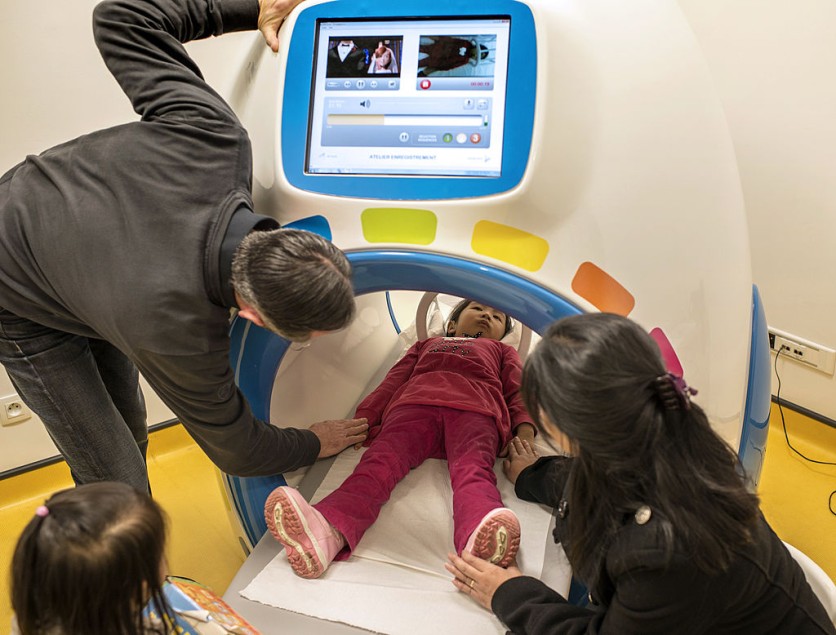Scientists can now read people's minds without even touching them, as reported first by The Scientist and ScienceAlert.
In the past, electrodes were implanted deep inside people's brains as a method of mind reading. However, the new technique uses a noninvasive brain scanning technology called functional magnetic resonance imaging, according to research published on Sept. 29 to the preprint database bioRxiv (fMRI).

How fMRI Works
Since active brain cells require more energy and oxygen than passive brain cells do, fMRI measures the flow of oxygenated blood across the brain, and this information offers a proximate indicator of brain activity.
By its very nature, this scanning technique cannot record brain activity occurring at the moment because electrical signals emitted by brain cells travel through the brain faster than blood does, as per ScienceAlert.
But the study's authors discovered that despite the technique's inability to translate word-for-word, they could still use this proxy measure to interpret the semantic meaning of people's thoughts.
The scientists scanned the brains of three people in their 20s and 30s for the study, which is yet to be peer-reviewed. Each participant listened to a variety of podcasts and radio shows for a total of 16 hours during multiple scanning sessions.
The researchers then entered these scans into a "decoder," a computer system that correlated patterns in the audio to patterns in the observed brain activity.
According to Alexander Huth, a neurologist at the University of Texas at Austin, the computer could then take an fMRI recording and produce a narrative based on its content, and that story would fit the original plot of the podcast or radio show "pretty well."
In sum, the decoder could deduce what narrative each participant heard by observing their brain activity.
Mind-reading Technology
Nevertheless, the program did make some errors, such as mixing up the pronouns used by characters and using both the first and third person. According to Huth, it "knows what's happening pretty accurately, but not who is doing the things."
In further experiments, the algorithm was able to accurately describe the story of a silent film that the test subjects saw within the scanner. It could also recount a tale that the participants imagined themselves telling.
Huth concedes that some people could find the mind-reading technology to be creepy. He claimed that his team has carefully considered the research's ramifications and has tested whether the decoder would function without the participant's willing involvement out of respect for their mental privacy.
The research team hopes to advance this technology in the future so that it can be applied in brain-computer interfaces created for persons who are unable to talk or type.
Related Article : Computer Brain? These New Chips Bring its Capability to Mimic A Person's Grey Matter
This article is owned by Tech Times
Written by Joaquin Victor Tacla
ⓒ 2026 TECHTIMES.com All rights reserved. Do not reproduce without permission.




